We Have Re-Organised Our Website.
Please See Our Primary Categories Below To Find What You Are Searching For.
If you are struggling to locate what you need, we encourage you to utilise the website’s search facility, which is designed to help you find exactly what you are looking for.
What is a 404 Error?
A 404 error occurs when a requested page cannot be found on our server. This might be due to an outdated link, a mistyped URL, or even the page being moved or deleted. We apologise for any inconvenience this may cause and appreciate your understanding as we work to provide you with an improved browsing experience.
